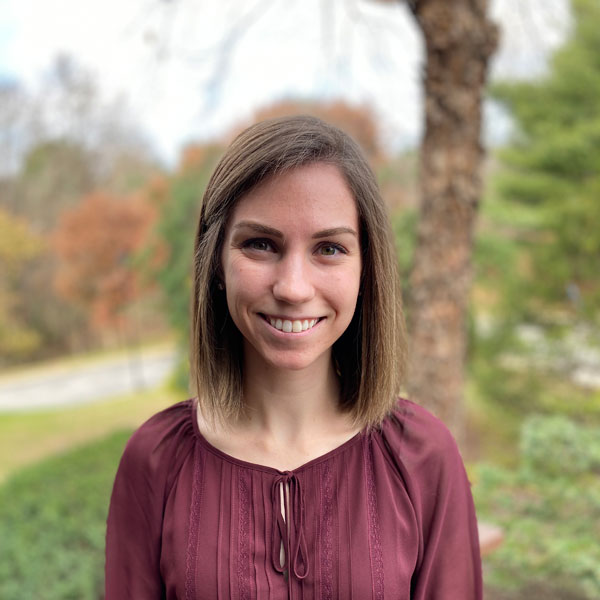DC Updates Air Permit Fees and Adds Synthetic Minor Program
Posted: August 13th, 2020
Authors: Michelle C.
On June 5, 2020, the District of Colombia Department of Energy and Environment (DOEE) published a long-awaited update to the District of Columbia Municipal Regulations (DCMR) Title 20, Chapters 1-3, which entails revised Air Quality Permit and Emissions Fees and a new Synthetic Minor Permitting Program. The proposed February 2017 rulemaking and final rule provide for several changes to the existing emissions fee allocation procedures to streamline the permitting process, incorporate application fees, and provides a new synthetic minor permitting program. Ultimately, emissions fees were added to Chapter 2 [General and Nonattainment Area Permits] and fees associated with Chapter 3 [Major Source (Title V) Permits] have been restructured to better cover the costs of the air permitting program and relate to the construction, modification, or operation of a stationary source, or any new air pollution control device installed on a stationary source. Importantly, synthetic minor permits can now be obtained by requesting limits on emissions with a federally enforceable limit on operation with a reasonable method of determining compliance. A more detailed explanation of these changes is provided below.
Ante up… on your emissions
Permit application fees are only charged upon submittal of an initial or renewal permit application and apply to all permits. For a Chapter 3 permit, or a Title V Operating Permit (TVOP), the permit application fee is based on the total tons of potential emissions of criteria pollutants [nitrogen oxides, (NOX), sulfur dioxide (SO2), carbon monoxide (CO), particulate matter (PM), ozone, lead] and hazardous air pollutants (HAP), but does not include carbon monoxide (CO) or greenhouse gas (GHG) emissions.
Permit application fees do not apply to permit amendments and if the term of the permit is less than five years, the fee will be prorated proportionally to the term limit. Once an application is submitted, an invoice will be generated. An application will not be considered complete until the application fee is paid. The fees will be adjusted annually based on the consumer price index (CPI) for that year.
Annual emissions fees only apply to facilities that hold a TVOP and the fees are based on similar emissions criteria as permit application fees, the sum of criteria pollutants and HAP, and does not include CO or GHG emissions. However, the annual emissions fees are determined based on actual emissions under the ranges specified in 305.2. There is also a surcharge of $300 per ton of actual emissions over 100 tons per year under 305.3. If a facility is subject to a TVOP, but has not yet been issued a TVOP, the annual emissions fees will still apply
Synthetic Minor Permitting Program
The purpose of the synthetic minor permitting program is to allow facilities to limit emissions to avoid major source regulatory applicability while also reducing their general and reporting requirements. The emissions limits must be federally enforceable as well as practically enforceable. Practically enforceable means that an emissions limit must be placed on the operation of a specific emissions unit, for a specific period of time (e.g., hourly, daily, monthly and/or annual limits such as rolling annual limits), with an appropriate method of compliance including appropriate monitoring, recordkeeping, reporting and testing. An example of this would be restricting an emissions unit’s runtime hours per year to stay below the major source threshold for a pollutant, as determined by the potential to emit calculations, by keeping a record of the runtime hours of the unit.
Facilities can opt into the synthetic minor program by converting their existing TVOP to a synthetic minor permit by submitting a supplemental synthetic minor application. This process can be started at any time; facilities do not need to wait for their existing TVOP to be up for renewal. Once a facility has converted to a synthetic minor permit, the 5-year permit term restarts, regardless of the existing TVOP term. For a facility adding new equipment that would ordinarily require a TVOP, the facility can instead submit the Chapter 2 permit application and synthetic minor supplemental permit application. The synthetic minor supplemental form would set federally and practically enforceable limits to avoid being subject to a TVOP. The DOEE recommends talking with your permit writer before starting this process.
If you have questions about the new fees or synthetic minor permitting process for DC, please reach out to Michelle Carter at mcarter@all4inc.com.
Specific fee information can be found by looking up notice number: N0093679 in the DC Register website: www.dcregs.dc.gov and clicking “View Text”.

